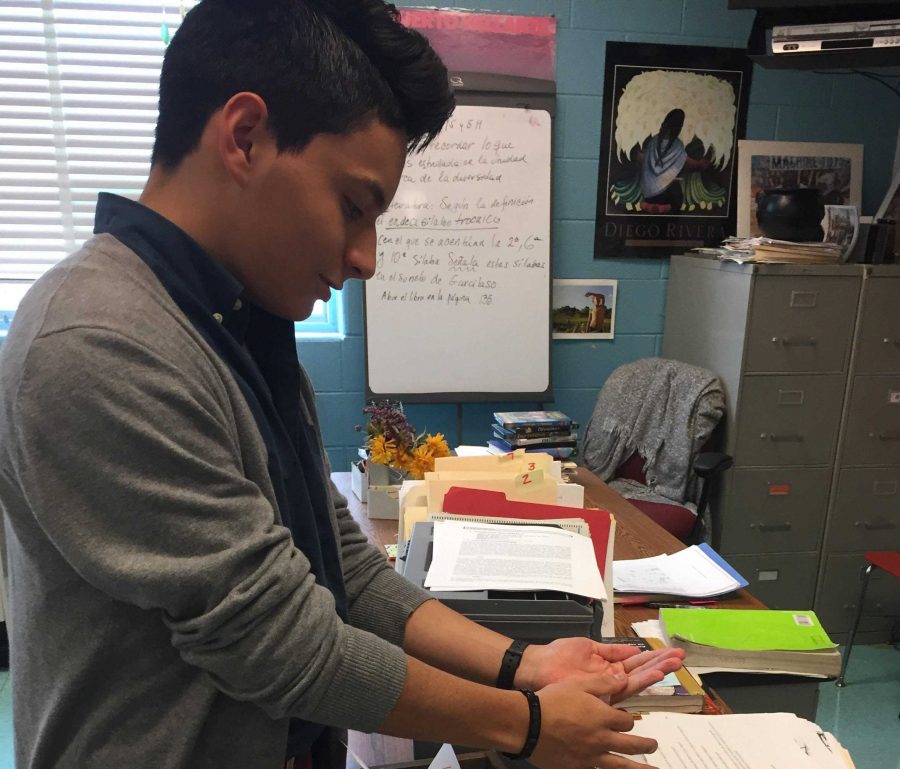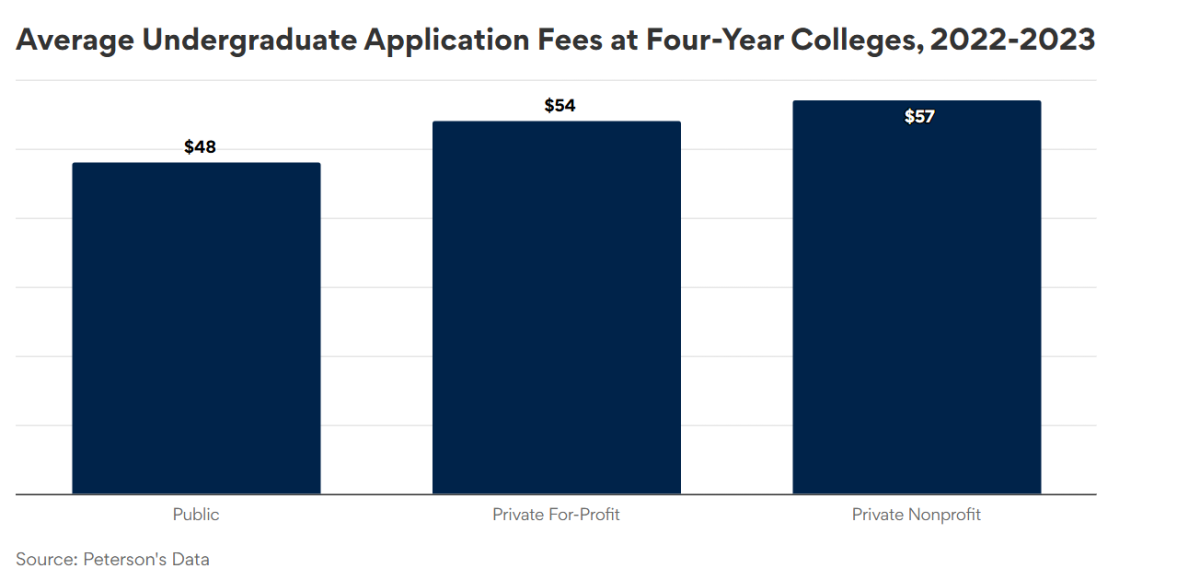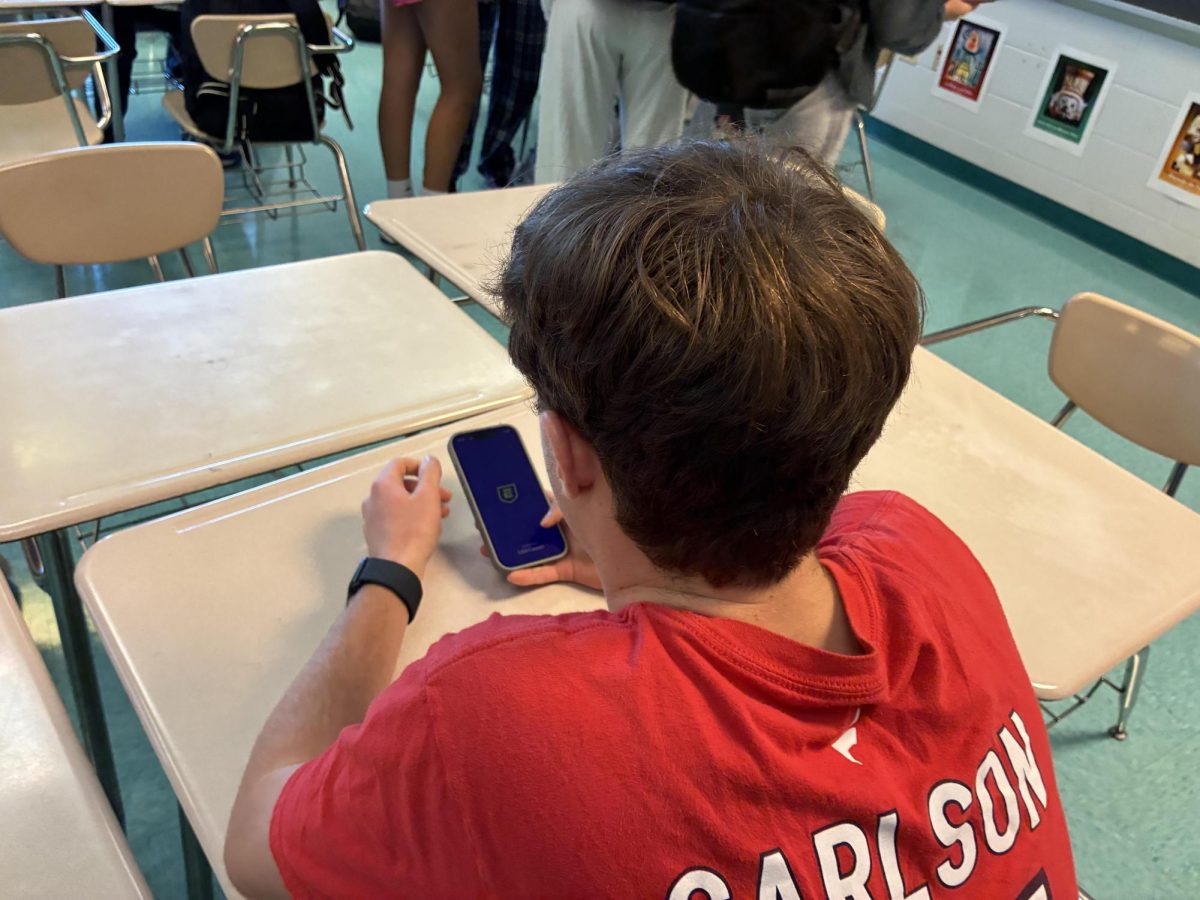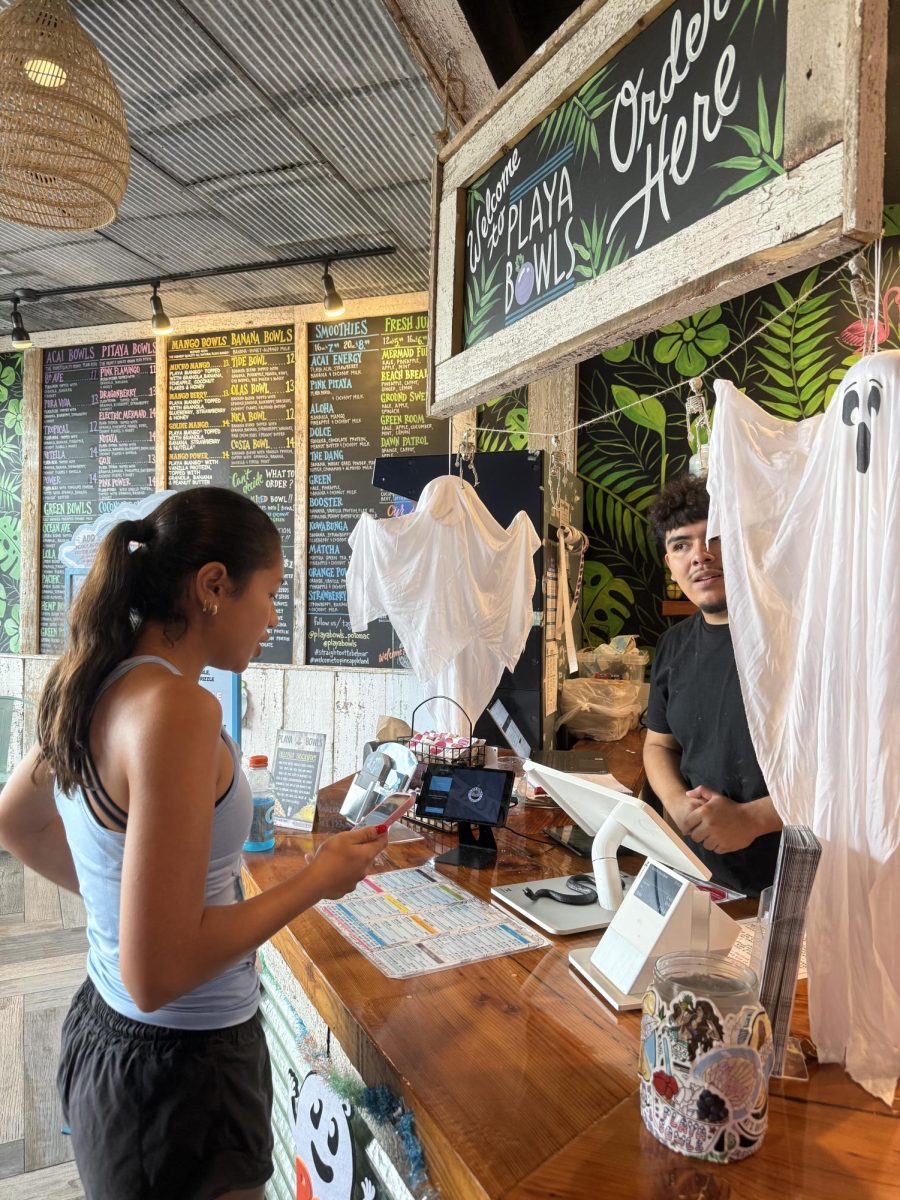“Always remember to wash your hands before you eat kids! And be sure to cover your mouth with your elbow when you cough as well.” We all remember these simple guidelines spouted constantly by teachers in elementary school, yet it seems some of these values have not carried over to high school.
America is a patchwork of federal relations with regulations at all levels. National, state and local legislators create layers upon layers of regulations to guide the public on a variety of issues. However, one topic barely grazed by these legislators is germ prevention within schools.
After scouring the national departments, MCPS and the school website, no specific policies could be found in relation to germ prevention or keeping the students healthy. The Clorox wipes, shaving cream and hand sanitizer of elementary school are rarely seen in high school, and this is because it is not a requirement or a regulation in schools. Currently, teachers are under no obligation to sweep their rooms for germs themselves during the day, and are certainly not obliged to purchase and provide such things like hand sanitizer to the students. Thanks to the overall lack of germ fighting practices around school, sickness can run rampant.
A 2006 ABC News study had a microbiologist follow around a student for an entire day, measuring the amount of bacteria on everything the student touched. The microbiologist used a handheld germ meter to measure the germs. Anything above a 300 on the meter indicated a significant presence of germs.
Of the things he touched, a basketball with a count of 13,987, a computer keyboard with 9,838 and a lunch checkout keypad with a reading of 13,144. Students touch these items every day, exposing themselves to thousands of germs. The numbers on the lunch checkout line are especially troubling, considering the vast majority of students touch the pad and then eat their lunch without any germ cleansing.
Some students realize the potential having more germ control in school can have. “I have many friends who get sick often and I believe if there was more of an emphasis on using things like hand sanitizer, and there was more of an availability of it, we would be a healthier school,” junior David Mejia said.
Some teachers like William Butke also realize the importance of fighting germs. He always has bottles of hand sanitizer in his room and makes sure students have access to it. “I got really sick last semester and keeping the school clean and healthy would be good,” Butke said.
Regardless of the lack of regulations regarding the matter, there are still things that can be done to ameliorate the school’s overall health. “I believe it should be required to have hand sanitizer in every classroom,” senior Sara Hodes said.
Other potential solutions such as soap dispensers near the lunchroom and antibacterial wipes for rooms with computers are just some of the ways the spread of germs and sickness can be lessened.
Every student can contribute to making the school healthier by taking responsibility to wash their own hands and even bring their own soap to school. Together, the school can defeat spreading sicknesses.
Aaron Levine
Managing Editor







![Editors-in-Chief Ahmed Ibrahim, Helen Manolis, Cameron Cowen, Alex Grainger, Emory Scofield, Hayley Gottesman, Rebekah Buchman and Marley Hoffman create the first print magazine of the year during the October press days. “Only a quarter of the schools in MCPS have programs that are like ours, a thriving, robust program. That makes me really sad. This is not just good for [the student journalists] to be doing this, it’s good for the entire community. What [student journalists] provide to the community is a faith in journalism and that continues for their lifetimes," Starr said.](https://woottoncommonsense.com/wp-content/uploads/2025/10/wmpoFTZkCPiVA3YXA4tnGoSsZ4KmnKYBIfr18p3l-900x1200.jpg)
